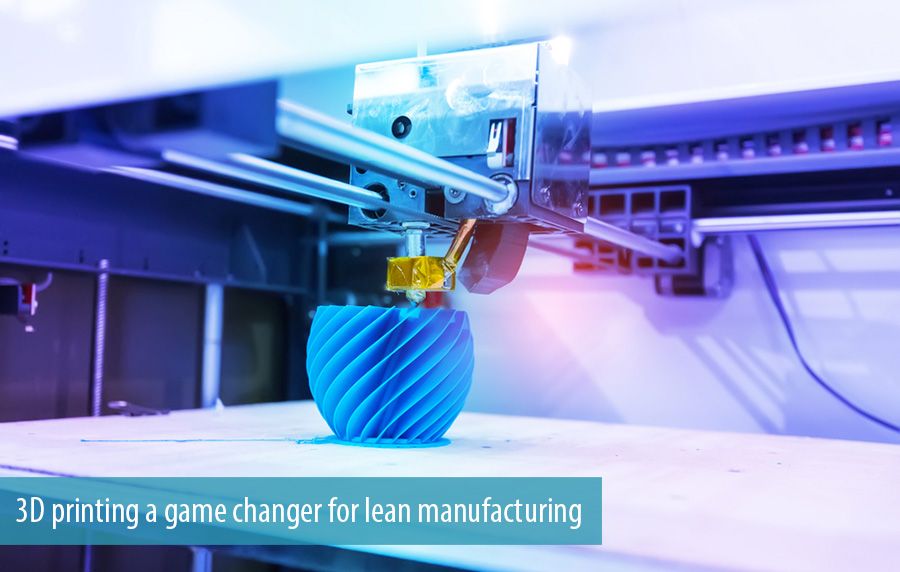-
Customization: 3D printing allows for highly customizable products. It's possible to create one-of-a-kind items tailored to specific needs and preferences. This is especially valuable in fields like healthcare, where custom implants and prosthetics can be designed and printed for individual patients.
-
Prototyping: 3D printing is widely used in product development and prototyping. It enables rapid iteration and testing of designs, reducing time and cost in the development process. Engineers and designers can quickly produce prototypes and make improvements as needed.
-
Complex Geometry: Conventional manufacturing methods have limitations when it comes to intricate and complex shapes. 3D printing has no such limitations, making it ideal for creating complex structures and designs, from aerospace components to artistic sculptures.
-
Reduced Waste: Traditional subtractive manufacturing processes often generate significant waste as materials are cut, carved, or molded. 3D printing is an additive process, meaning that material is deposited layer by layer, resulting in minimal waste.
-
Supply Chain Disruption: 3D printing has the potential to disrupt traditional supply chains. With on-demand and localized manufacturing, it reduces the need for large inventories and long-distance transportation. This can lead to cost savings and more sustainable practices.
-
Medical Breakthroughs: 3D printing has revolutionized the medical field. It's used for creating patient-specific medical implants, dental devices, and even organs through bioprinting. It offers new hope for personalized healthcare solutions.
-
Education and Innovation: 3D printing has made its way into schools, colleges, and maker spaces. It's a valuable tool for teaching students about design, engineering, and manufacturing. This fosters innovation and creativity from a young age.
-
Art and Design: Artists and designers have embraced 3D printing as a means to create intricate and unique pieces of art and fashion. It blurs the line between traditional craftsmanship and cutting-edge technology.
-
Space Exploration: 3D printing is used by space agencies like NASA to manufacture parts and tools in space. This reduces the need to transport every component from Earth and allows for repairs and maintenance in space.
-
Affordability: While high-end industrial 3D printers can be costly, there are increasingly affordable desktop 3D printers available for hobbyists, students, and small businesses. This democratizes the technology and makes it accessible to a wider audience.
As 3D printing technology continues to advance, it's likely to have an even more significant impact on various industries and our daily lives. It represents a shift toward more sustainable, efficient, and creative approaches to manufacturing and problem-solving.




Comments (0)